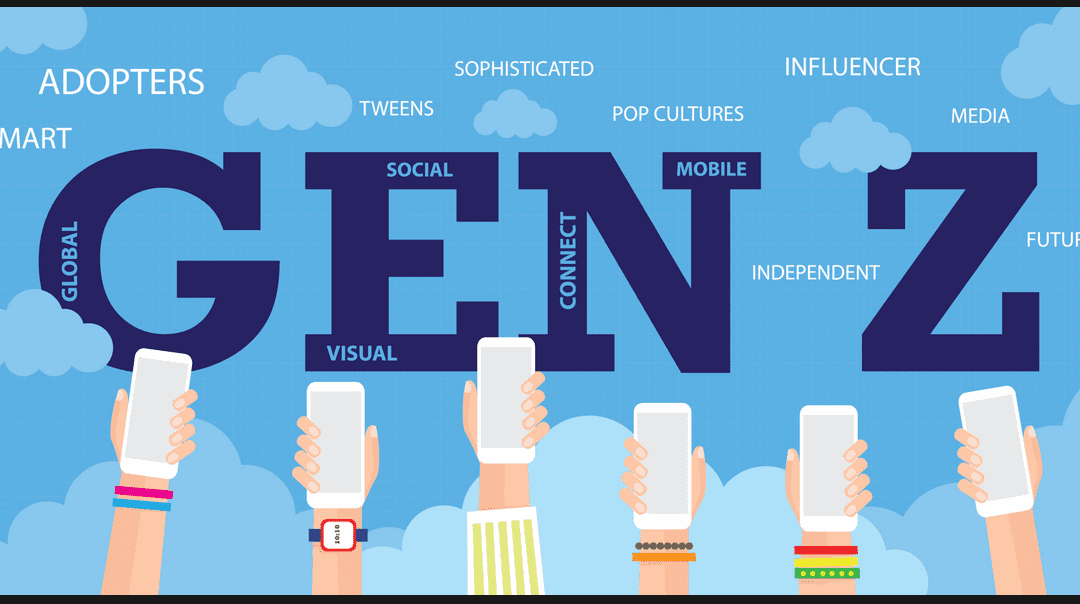
1. Breaking the cognition is the “Attraction”
It is critical to maintaining "reverse thinking" when conducting social media operations. It is necessary to break some norms and inherent cognitions put forward contradictory views, and create conflicts. An unexpected but reasonable topic can arouse the audience's interest, thereby effectively retaining users attention.
2. Curiosity and Relevance to "me" are strong guarantees for attractive content
1)Satisfying users curiosity
Curiosity is one of the most fundamental human motivations, and it is also the most reliable topic selection direction for content creation. All unknown, subversive, innovative, skill-enhancing, and knowledge-enhancing content can easily pique the interest of readers.
2) Related to "Me"
People will always care about the content that is "relevant to themselves," especially in an era when attention is so limited. Content is strongly associated with users, and content that is highly relevant to "me" has a better chance of attracting and retaining users.
When creating content, regardless of whether it is video, audio, or graphics, first highlight the "me" related, and then use more information in the user's attention circle. Some content even clearly describes tags such as the corresponding population's region, age, dialect, gender, occupation, social identity, etc, Making the content more specific to attract specific users.
3. The content has slots, and the platform is "personalised."
Z-Generation have increasingly become the primary consumers of major platforms, and most of the young people prefer brands with distinct personalities. Therefore, platform personality is one of the most significant changes in the social media era. Therefore, the output content is not necessarily too perfect and superior, but the content must be interesting, with advantages and grooves, such content is easier and closer to the users.
4. Create stimulus points to promote sharing
In addition to providing high-quality content, it also needs a clear "stimulus point" that can motivate users to share independently. Does the content really help readers express their ideas, and does it provide them with substantial help? In addition, managing user relationships through good user interaction can also create effective "stimulus points", such as activities initiated in the article to promote sharing. These are all effective means to induce social sharing and help readers to better establish their ideal image in social relationships. At the same time, the act of sharing cannot harm the interests of readers. For example, the title should be conducive to sharing, the title should be self-interested, but also beneficial to users. At the same time, the act of sharing cannot be detrimental to the readers' interests. For example, the title should encourage sharing, be self-interested, but also beneficial to users.
5. Provide sharp views
Sharp views and unique insights have always been the key to the dissemination of social media content. The content of social media writing must have its own standpoints and opinions. The content of opinions with personal will be essential for readers to resonate and share, and such opinions are frequently the tipping point.
6. Emphasize self-expression while keeping user needs
In order to be trendy on social media, It is necessary to have own opinions and attitudes, as well as develop own distinct style, i.e. self-expression. However, self-expression must occur somewhere between the needs of the user and the self. It can reasonably meet the needs of both parties. A laid-back and sticky social media platform should constantly investigate the intersection of self-expression and user needs.
7. Control the content depth
The depth of social media content requires reasonable control by the social media manager. First of all, the content and the opinions expressed must have a certain height. It's wisdom to keep it slightly higher than the target reader's cognition and knowledge. In this way, readers can get continuous satisfaction, surprise, and identity. Besides, readers of too advanced content are often not interested in reading.
Learning to understand readers, making friends with readers, and even allowing readers to participate in creation are all important aspects of social media creation. This necessitates that creators constantly improve and stay ahead of the majority of readers in order to produce more valuable works.
8. Provide compelling reasons to follow
It is necessary to provide new users with compelling reasons to follow. In addition to providing high-quality content, it is also necessary to pay attention to the verticality and continuity of the official account's content, as well as the overall consistency of the content direction. For example, serialised article content, text content with recordings/videos, topics that encourage interactive discussion, and so on, can all effectively increase the running platform's attention rate.
Furthermore, in the tweet, you can properly direct users to follow the official account. The role of "psychological hint" will be played by the obvious reminder of attention. There is frequently "guidance" between paying attention and not paying attention.
9. Find out the best headline
A good article title has a significant impact on the attractiveness of readers. The following practises can frequently assist authors in selecting an eye-catching headline:
1) Create 10 headings based on a single topic.
2) 5 comparative headlines are chosen based on the experience of previous historical tweet headlines.
3) Distribute the title to the fan club for voting.
4) Based on the voting results and everyone's feedback, combine and optimise the title before finalising it.
10. Commercial mindset
Nowadays, more and more businesses are focused on results and performance, necessitating refined platform operations and marketing. As a result, simply writing good articles is insufficient. Social media managers must have a thorough understanding of products and business logic, as well as pay close attention to conversion rates and strategic effects. They must cultivate product and marketing thinking, that is, they must operate from the standpoint of products or brands.






